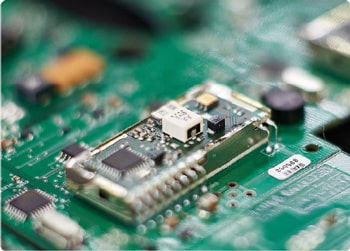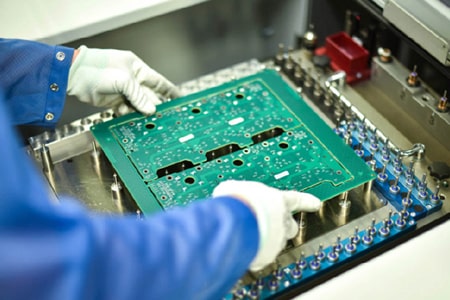How to effectively shorten the SMT proofing delivery period?
Factors affecting the SMT proofing delivery period
SMT proofing is the process of mounting electronic components on PCB (printed circuit board) to verify design, test functions and evaluate production feasibility. Delivery period refers to the total time required from receiving the proofing order to completing production and shipping to customers.
Factors affecting the SMT proofing delivery period
1. Design complexity:
The more complex the design, the more types and quantities of components required, the longer the preparation time, and the direct impact on the proofing cycle.
2. Component procurement:
The availability of components, supplier delivery speed and international logistics conditions will affect the proofing progress.
3. Production process:
Including PCB manufacturing, SMT mounting, testing and other links, the efficiency and quality control of each link will affect the overall cycle.
4. Order volume:
Small batch proofing is usually faster than large batch production, but it may also extend the cycle due to high setup costs.
5. Communication and confirmation:
The confirmation of design documents and technical specifications, as well as customer change requirements, may lead to time delays.

Strategies to shorten SMT proofing delivery time
1. Optimize design and material management:
Simplify design: reduce unnecessary component types, reduce complexity, and speed up production preparation.
Plan ahead: plan and reserve commonly used components in advance to reduce waiting time and ensure smooth production.
2. Choose efficient suppliers:
Good reputation: cooperate with responsive suppliers to ensure timely supply of components.
Geographic location: consider geographical advantages, shorten logistics time, and speed up delivery.
3. Use fast proofing service:
Expedited service: Many SMT processing plants provide expedited or fast proofing services to shorten the cycle by optimizing production processes and increasing production line flexibility.
4. Parallel operation and pre-production preparation:
Pre-production preparation: start some production preparation work in the design verification stage, such as PCB production and component pre-purchase, and start production immediately once the design is confirmed.
Parallel operation: carry out different production links in parallel to improve overall efficiency.
5. Strengthen internal communication and collaboration:
Cross-department collaboration: Establish a cross-department collaboration mechanism to ensure that design, procurement, production and other departments work closely together and respond quickly to changes.
Effective communication and collaboration to optimize delivery time
1. Clarify requirements and time nodes:
At the beginning of the project, clarify the proofing requirements and expected delivery time with the customer to ensure that both parties have a common understanding of the time nodes.
2. Establish a regular communication mechanism:
Set up project progress meetings to share progress and solve problems in a timely manner to avoid delays caused by information asymmetry.
3. Flexible response to changes:
For changes in design or requirements, quickly evaluate the impact, adjust plans and communicate new timelines with customers to maintain transparency.
4. Use digital tools:
Use ERP, CRM and other systems to realize the digitization of order tracking, inventory management, and production scheduling, improve efficiency, and ensure smooth information flow.
Through the above strategies, the production efficiency of SMT proofing can be significantly improved, the delivery time can be shortened, customer satisfaction can be enhanced, and a strong guarantee can be provided for the rapid listing of products. If you want to know more about the relevant technical knowledge of PCB proofing, SMT patch, and PCBA processing, please leave a message to get it!







